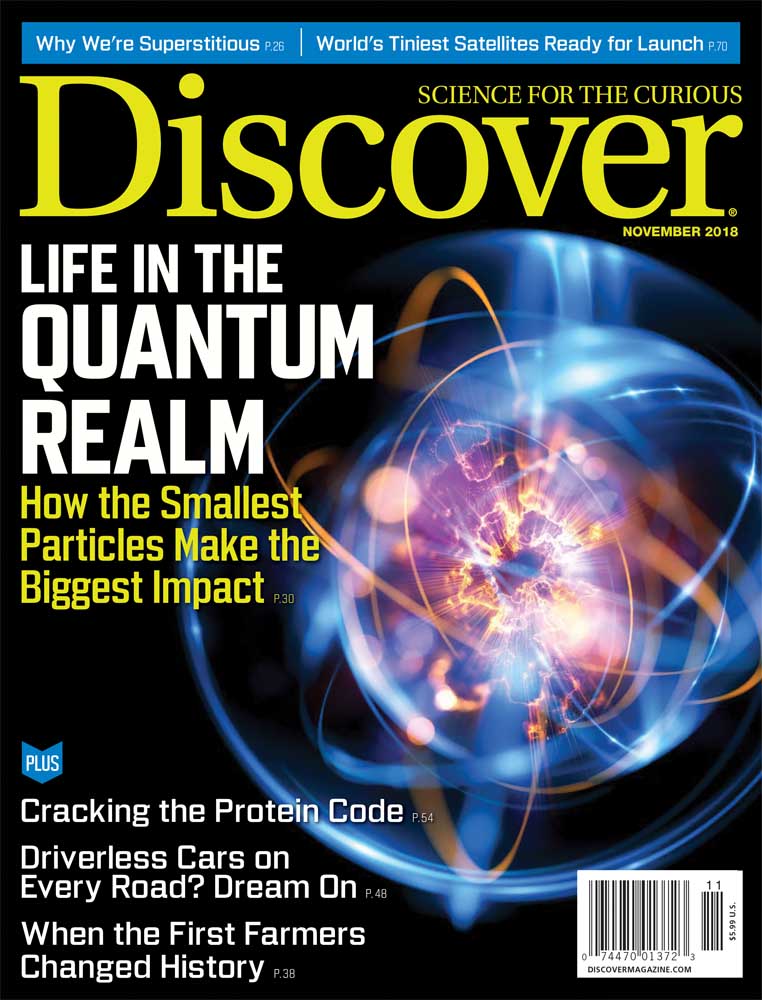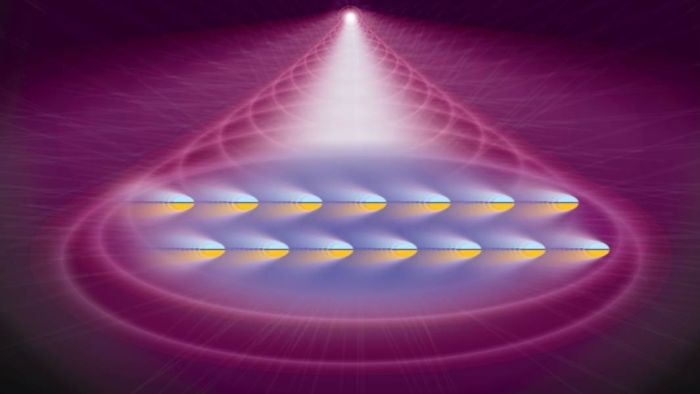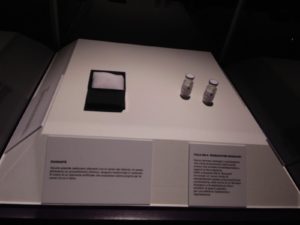Scientists are already collecting data in anticipation of the Ultima Thule New Years flyby.






Congratulations to the Forest Organics team and their awesome new site — https://www.myforestorganics.com/

Perhaps physicists should leave human intuition at the laboratory door when designing quantum experiments too.
An Australian crew enlisted the help of a neural network — a type of artificial intelligence — to optimise the way they capture super-cold atoms.
Usually, physicists smoothly tune lasers and magnetic fields to gradually coax atoms into a cloud, according to study co-author Ben Buchler from the Australian National University.

Exciting visitor at the Real Bodies (https://www.realbodies.it/) exhibit!
The lovely Ms. Chiara Bordi (https://www.facebook.com/Chiara-Bordi-474572166390000/), Miss Italia 3rd place runner up (aka the “Bionic Beauty”) stopping by to visit our associates at HealthQE (www.healthqe.cloud), and QantiQa (https://www.qantiqa.com/), to test out their new Musyke device
Bio-mechanics and Bio-acoustics
Two critical components in the regeneration, repair, and rejuvenation equation, and part of the integrated age-reversal paradigm of Embrykinesis at Bioquark Inc.- (www.bioquark.com)

Join the largest community of machine learning (ML), deep learning, AI, data science, business analytics, BI, operations research, mathematical and statistical professionals: Sign up here. If instead, you are only interested in receiving our newsletter, you can subscribe here. There is no cost.
The full membership includes, in addition to the newsletter subscription:
